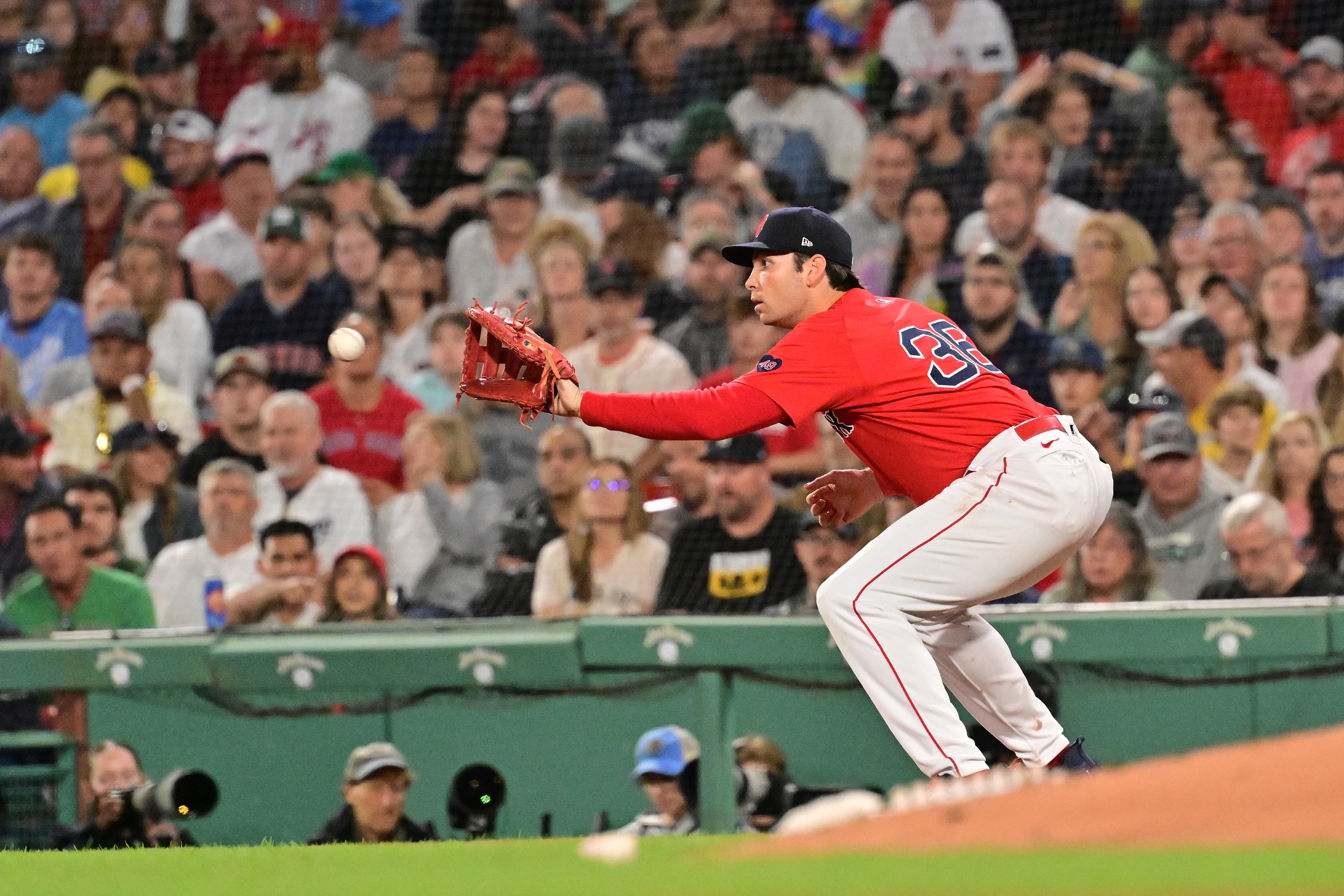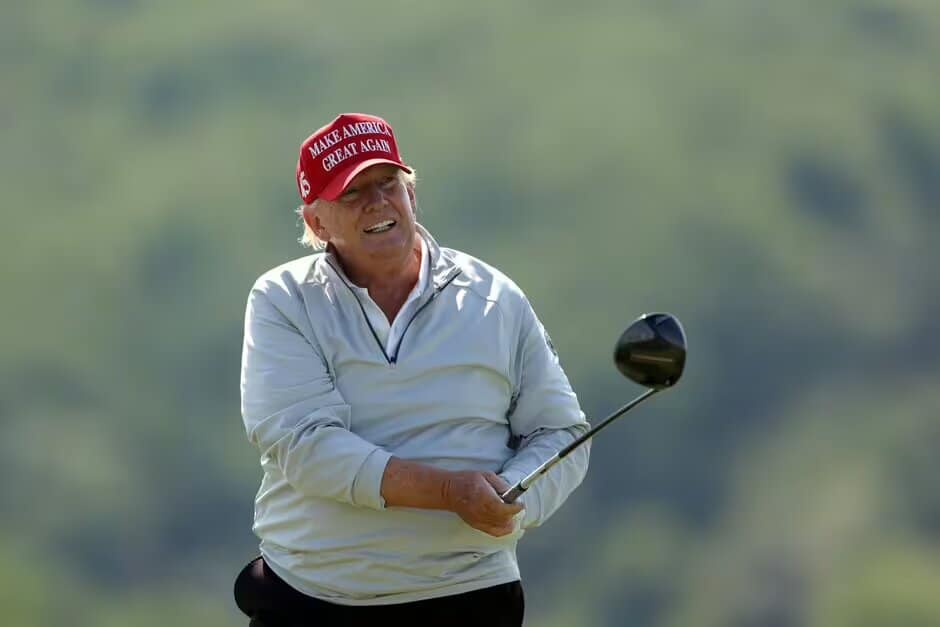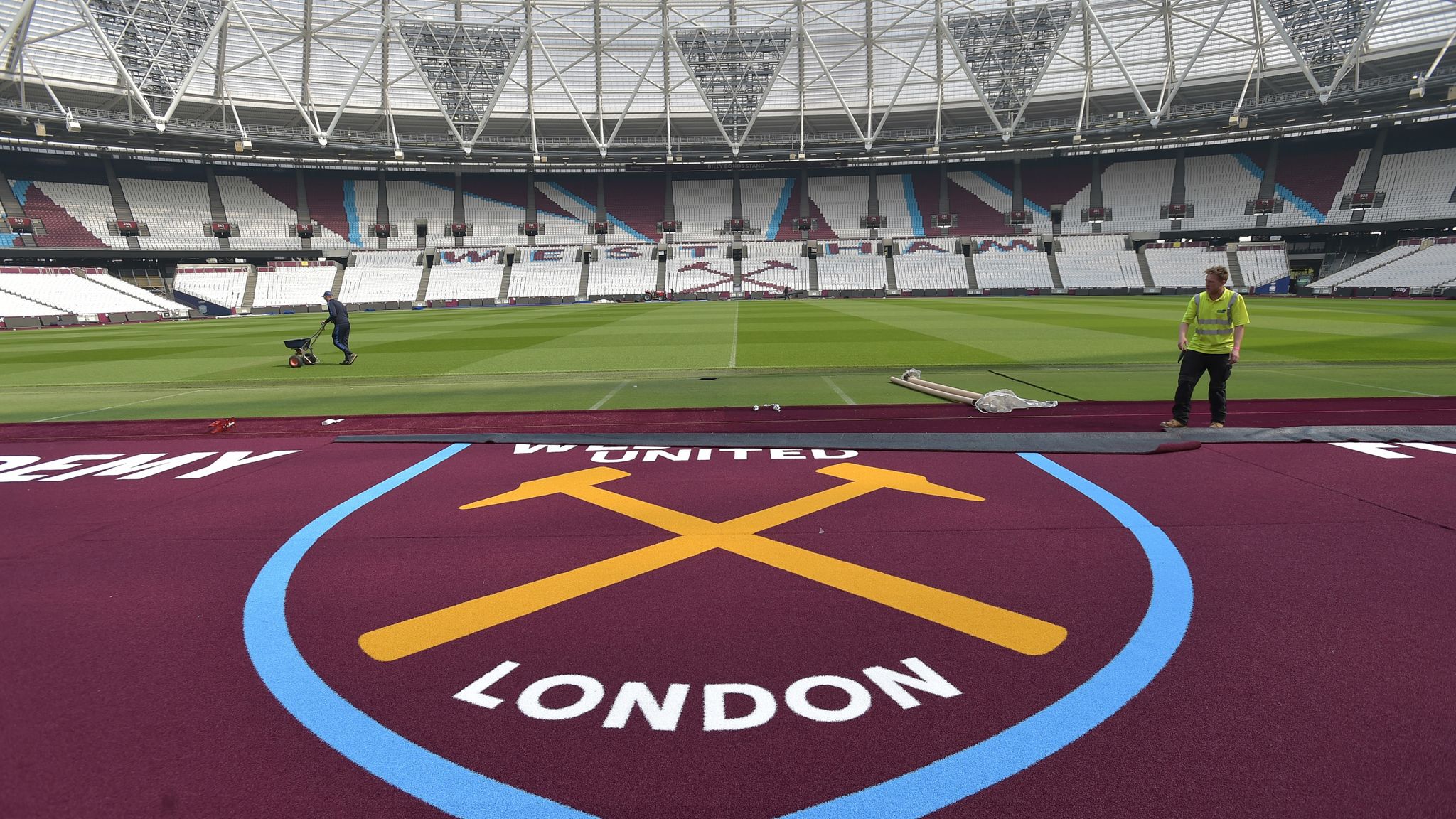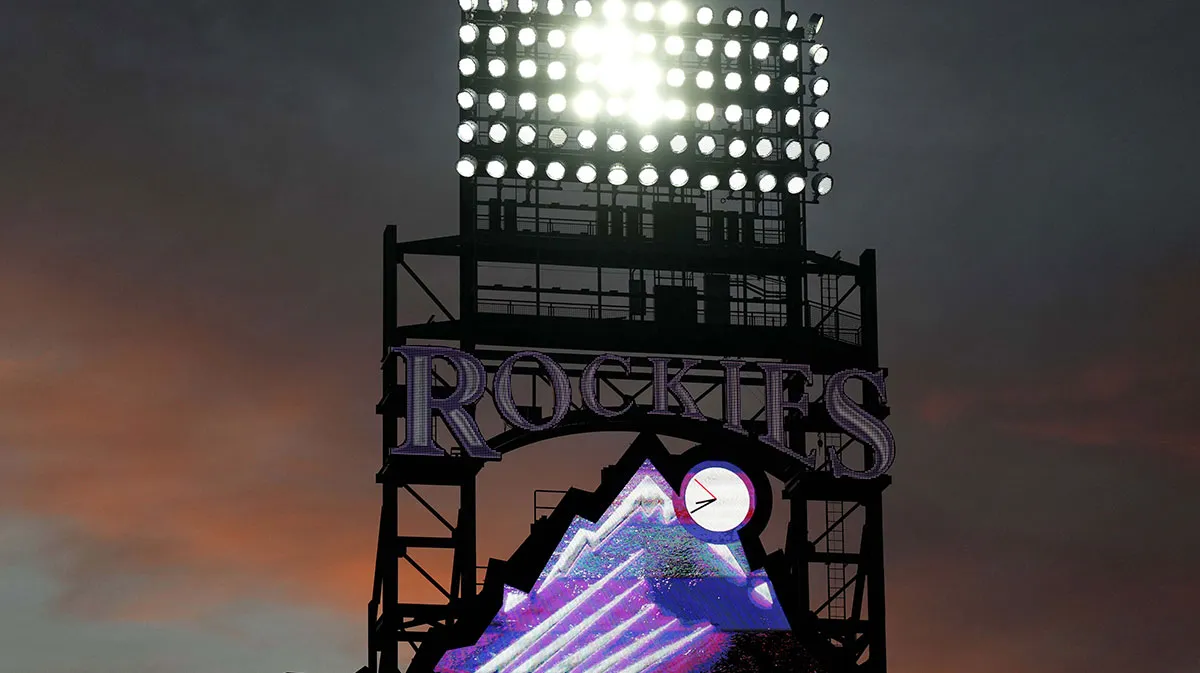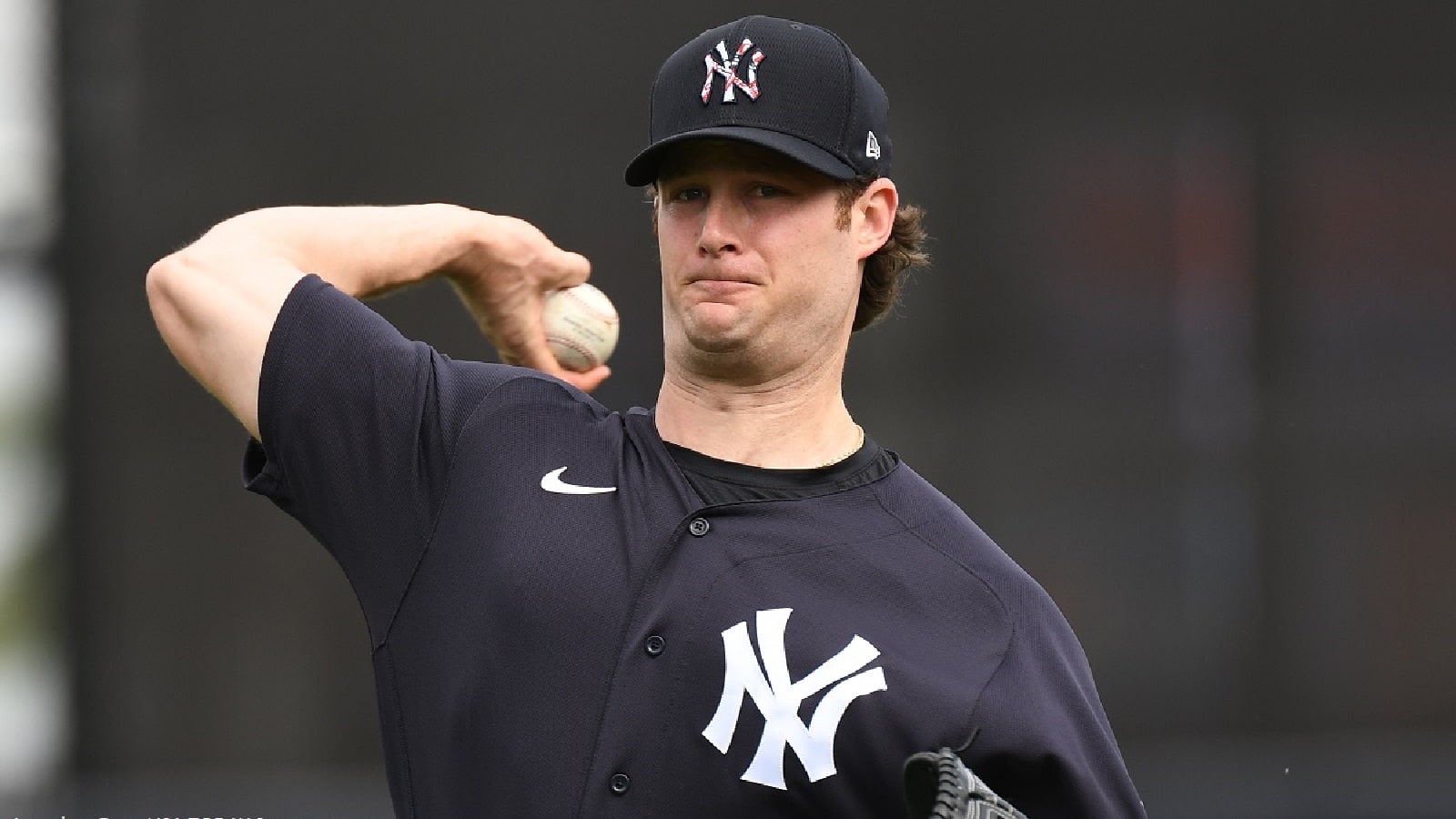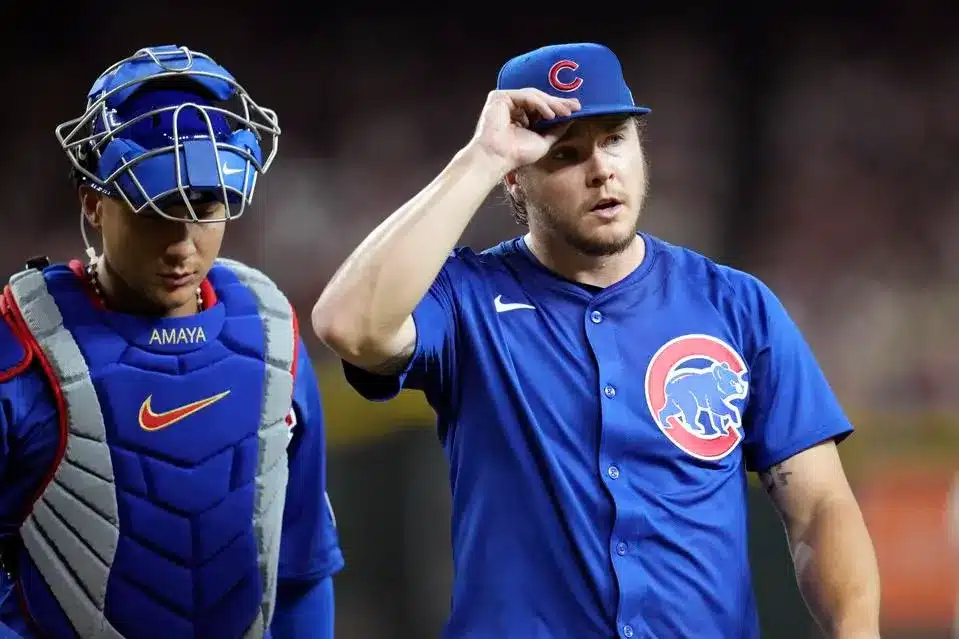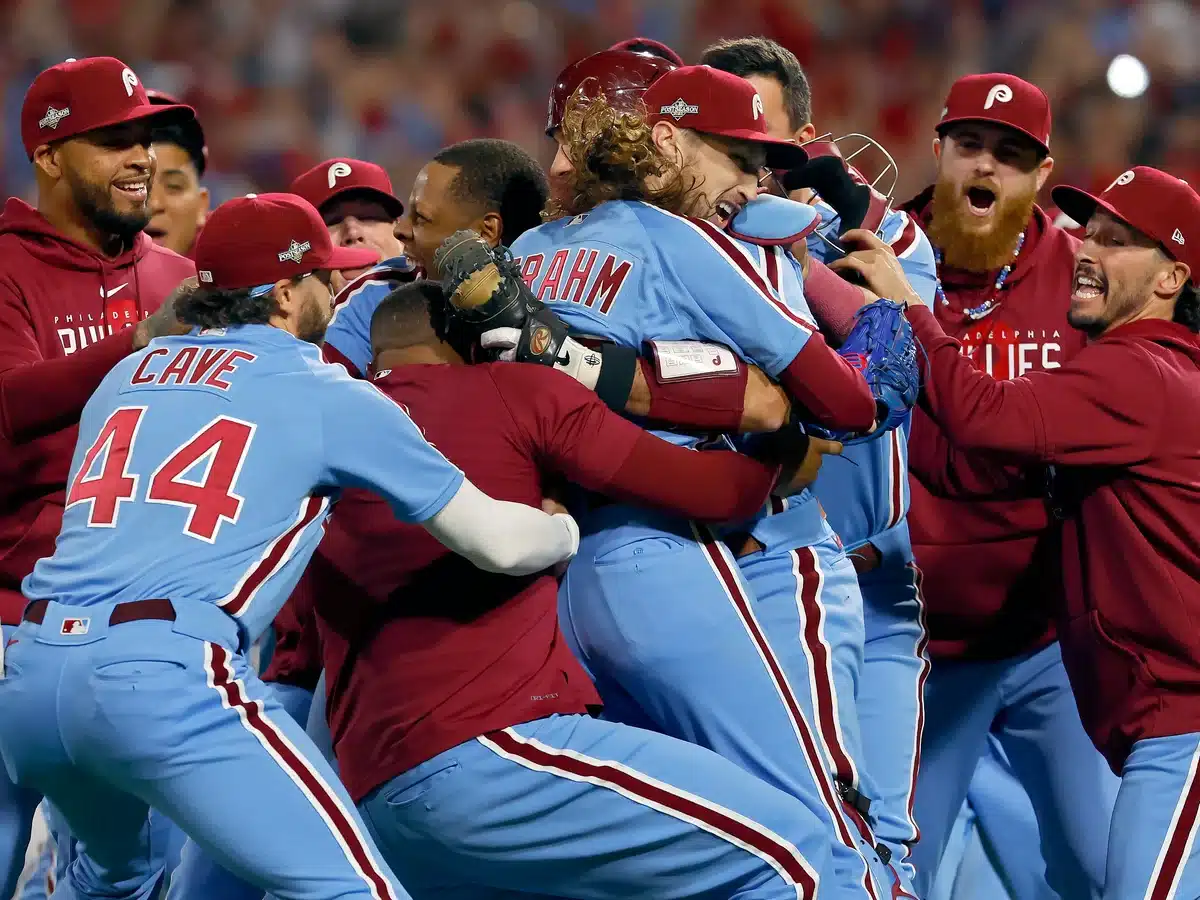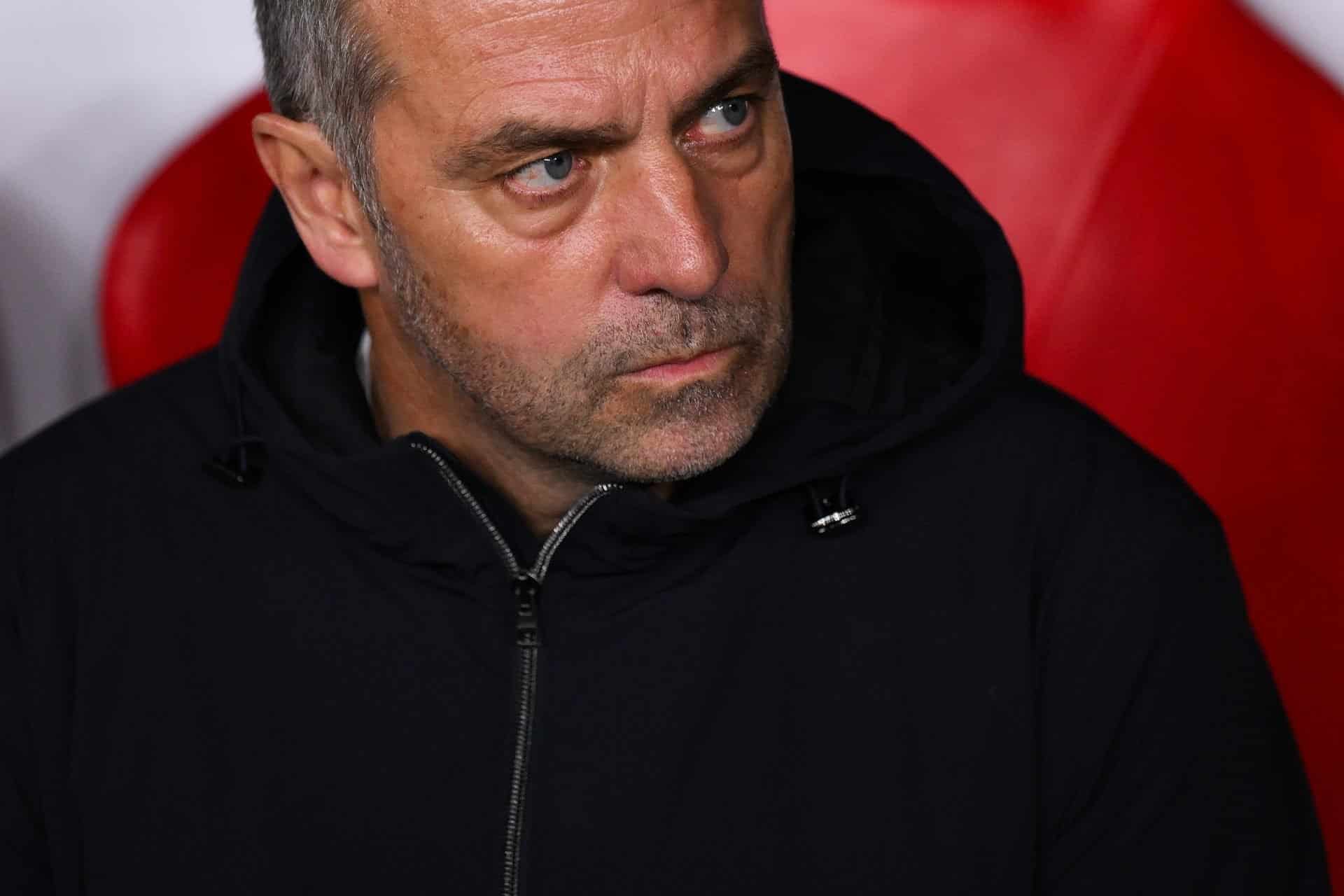In back-to-back matchups against elite left-handed pitchers—Saturday at home against reigning NL Cy Young winner Chris Sale and Tuesday on the road against Yankees ace Max Fried—Red Sox first baseman Triston Casas remained in the starting lineup.
This wasn’t a one-time decision but rather a sign of Boston’s long-term approach.
Manager Alex Cora confirmed that Casas’ role will remain consistent, regardless of whether the opposing pitcher is left-handed or right-handed.
“He will play. He’s going to play against lefties and rights,” Cora told MLB.com’s Ian Browne. “We’re not going to platoon at first base.”
Red Sox First Baseman Triston Casas Locked in for Full-Time Duty
Cora’s decision highlights the Red Sox’s commitment to Casas’ development, providing him with regular at-bats against both left- and right-handed pitchers. By keeping him in the lineup every day, the team is focused on helping him adapt to major league pitching and build confidence.
This approach aligns with Boston’s long-term vision, ensuring Casas gains consistent experience without the interruptions of a platoon system—an important factor in his growth.
Casas appears to be embracing the opportunity, launching an opposite-field home run against Sale in his first at-bat on Saturday.
Casas Shows Slight Platoon Advantage Against Right-Handed Pitchers
Throughout his career, Casas has demonstrated a noticeable split in performance based on pitching handedness.
Against right-handed pitchers, he has put up a strong .256/.359/.487 slash line with 35 home runs and 92 RBI over 657 plate appearances.
However, his numbers dip to .227/.350/.422 with seven home runs and 17 RBI in 183 plate appearances against left-handers, reflecting a more productive output against righties—consistent with his overall career trends.
Despite this gap, Casas’ on-base percentage against left-handers suggests he has a solid grasp of the strike zone and strong plate discipline.
To evolve into a more complete hitter, he will need to unlock greater consistency in these matchups. With his raw power and an expanding offensive toolkit, he continues to refine his approach, aiming to become a more dangerous threat against all pitchers—a crucial step in his long-term development.

